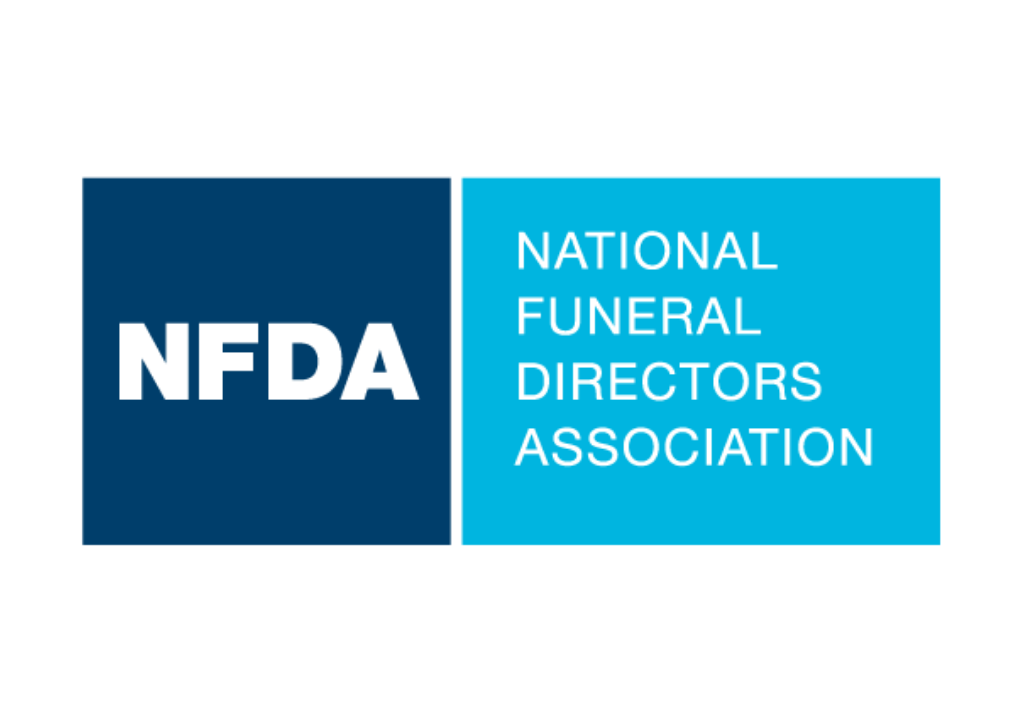Generational Differences And Their Implications For Your Funeral Service Business

Tim O’Brien, author of the popular continuing education course “Grief Management: The Role of the Funeral Practitioner” and presenter at both the NFDA and Florida FDA conventions, shares his insights with ASD clients on the emergence of generational shifts and their effect on the funeral profession. Look for more articles by Tim O’Brien in upcoming issues of The Director._
Tim brings his human and pet grief series to the ASD Rewards Program. “A Season for Healing-A Reason for Hope” and “You Will Always be a Part of Me” Grief Support programs help the families you serve deal with the mental, emotional and physical stress caused by the loss of a loved one or beloved pet. These programs support your current grief aftercare efforts and are excellent community outreach tools. ASD clients receive special pricing and rewards credit on both hardcover and soft cover editions. For more information, click here.
WARNING: There are generational tidal waves headed toward your Funeral Service business. If you simply plan for the future as you have in the past, there is a good chance that these tsunamis will cast you upon the rocks of economic failure.
Why should you think that generational differences are actuallyÖdifferent? Why should you not just sit back and wait for the seeming generational differences to coalesce into a familiar cohort of aged clients who have grown to think and act like those before them?
This might sound subtle, but here is the key to understanding the tectonic generational shifts that have occurred. Human behavior has not changed between the generations, however, the world the generations live in has radically changed. The ways they communicate, group and make decisions are very different between the generations. Access to information, affinity groups and uncensored reviews have all changed our world. Google has changed our world. Now, the answer to nearly every question is only a click away.
There have been three distinct, generational shifts since 1942 that have changed the USA systemically. And these changes have altered how the impacted generations see their world, interact with others and view their relationship to work.
World War II was the first shift. It split the children of those who fought the war into two distinct groups; those born before the war (think Elvis) and those born after the war, 1946 – 1964 (think Beatles). These post war children are “the boomers.” The first of them turned 65 on 1/1/2011, and nearly 10,000 of them will turn 65 EVERY DAY for the next 18 years. The pre-war group is 68 to about 80 years old.
The second major shift, from what had been the norm, was the shift from the traditional household with a single income, to the two income household. This trend impacted those born from 1965 – 1982 (think Duran, Duran), those called “Generation X.” They grew up alone in the afternoons, as latch key kids watching Sesame Street and playing space invaders on their TV’s.
The final major shift, that impacts a generation currently in the workforce and market place, is pervasive, ubiquitous technology. This is the realm of the Millennials [aka Gen Y] (think Britney Spears). They were born between 1983 and 2000. They have always had technology. It is integrated into their perception of themselves. They grew up in Day Care Centers. They’d rather text than talk.
Some, like the editors of Trends e-Magazine, go further and even split the Millennials into a subset that they call the “Connected Generation,” for those born after 1990, very close to the start of the World Wide Web. This bifurcation is similar to what happened to the generation born on both sides of World War II.
On the horizon, there is another cohort that will be a major force to deal with. These are the “Children of 911.” They were born after 2000. They are growing up in fear, uncertainty and a deteriorating standard of living in the USA. We must wait to see what motivates and drives them.
So how can you make sense of all these differences? What should you do to help yourself and your Funeral Services company to adapt to the generational waves that are moving in our direction?
First, relax, there is still time to devise a plan and thrive in the future. However, there is no time to waste. Begin your generational education program soon.
Second, read about and understand demographic (generational) AND psychographic differences. Become familiar with the work of Harry S. Dent, Jr. of Tampa FL. I have found him to be a reliable source of generational/demographic information. Google: Generational differences and you will find good resources and several free charts that you can download and print. They will help you both with marketing ideas and dealing with the generational differences among your staff.
Third, realize, accept and make decisions based on the reality that consumers are now in charge. They control information via the Web. They control opinion through uncensored reviews and testimonials. It is all about them, not about you. They have preferences. It is smart business to find out what those preferences are and cater to them.
Fourth, think about and market to specific niches, affinity groups, communities and tribes instead of offering general information to the public. Some of these subsets of markets gravitate toward common interests (psychographics), which can be cross generational. Other communities develop around trends, fashions and characteristics that are very generation specific.
Fifth, today, consumers want to get to know you. Then, if you are “one of them,” they will begin to like you. And finally, if you prove yourself to be generous, honest, consistent and concerned about them, then they will trust you. At that point, you’ve secured your future, as long as you remain authentic to what initially brought you your success. Once a person trusts you, they will then begin to buy from you and more importantly, they will refer you to their network of friends and colleagues.
Also, remember, that there is a blending and overlap of generational characteristics during the transitional years between generations. Generational dates are guidelines not hard and fast delineations. Knowing when someone was born, watching them and listening for clues should help you better understand those you work with and serve.
This article originally appeared on the ASD company Blog (http://myasd.com/blog) and we republish on ConnectingDirectors.com with permission



